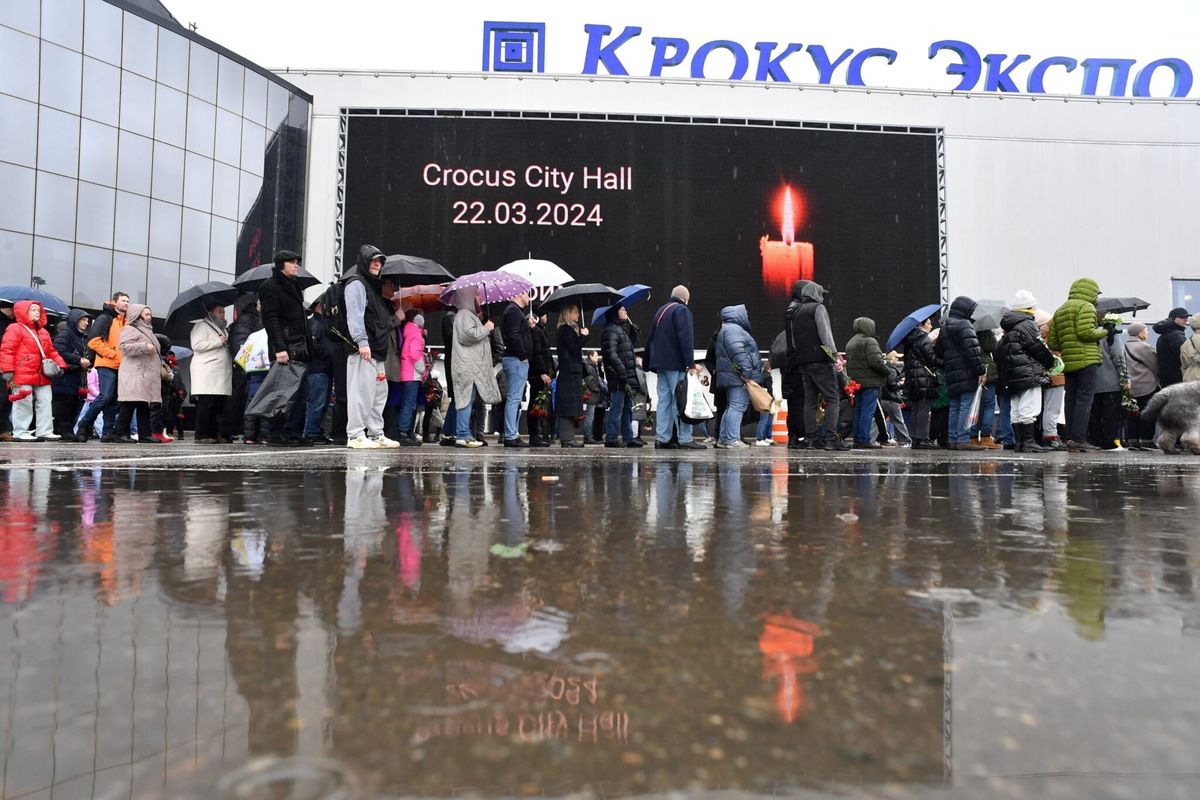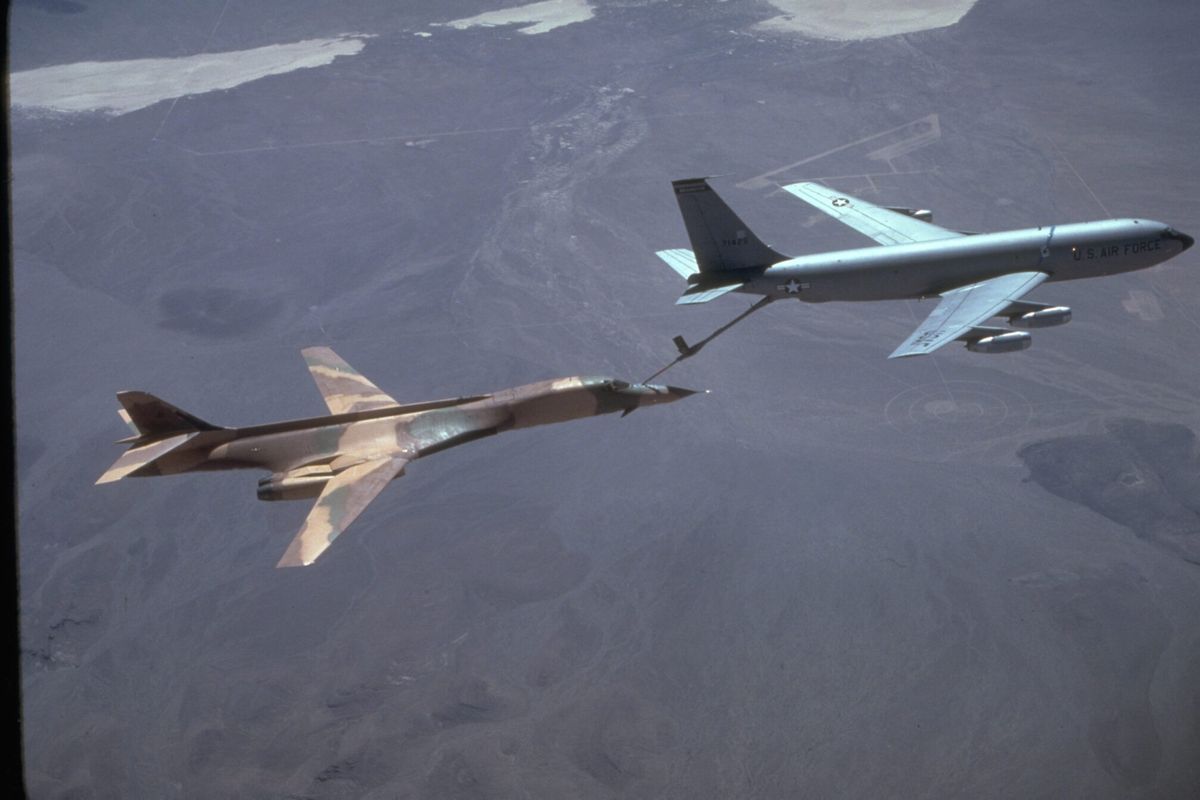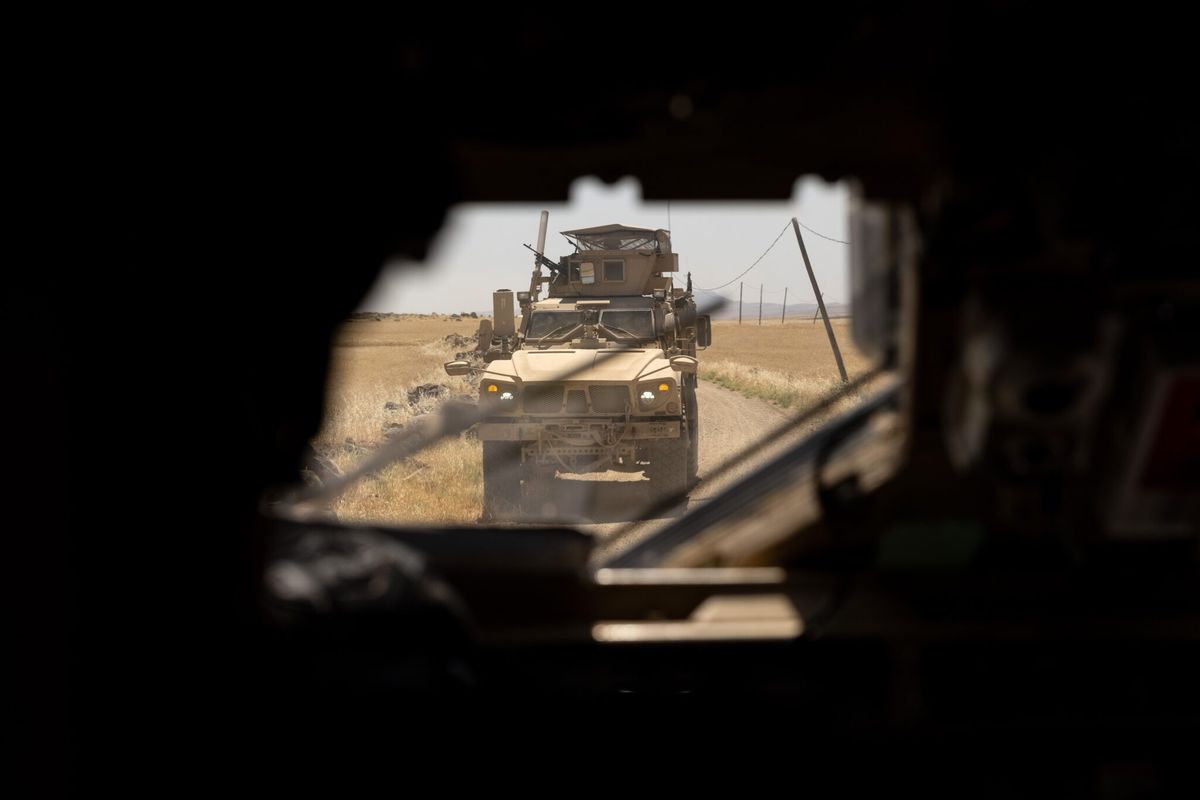Islamic State (ISIS) has engaged in weapon manufacturing on an industrial scale, with output running into the tens of thousands, according to a new report from Conflict Armament Research (CAR). It operates a highly bureaucratic, centrally controlled manufacturing process, which integrates quality control, inventory management, and production forecasting systems.
A few weeks ago, a CAR field investigation team embedded with Iraqi armed forces during the initial phases of the assault on ISIS forces in eastern Mosul. The team’s objective was to gather, first-hand, all available information on weapons and ammunition recovered from ISIS forces on the battlefield.
Since July 2014, CAR has deployed investigation teams in Iraq to investigate the types and origins of ISIS weapons. During their latest deployment around Mosul, investigators gained unprecedented access to six weapon manufacturing facilities operated by ISIS forces, recorded extensive documentary evidence of centrally managed weapon production, and documented a wide range of ISIS-manufactured ordnance recovered during ground combat operations.
Last week, CAR released a report presenting its findings on the structure and output of ISIS’ production, specifically mortars and rockets, in the eastern Mosul sector. Although production facilities employ a range of non-standard materials and chemical explosive precursors, the degree of organisation, quality control, and inventory management, indicates a complex, centrally controlled industrial production system.
In this system, multiple manufacturing facilities work to produce mortars and rockets according to precise technical guidelines issued by a central authority—ISIS’s Central Organisation for Standardization and Quality Control. The production of any one weapon system involves the coordinated input of numerous facilities at different stages of the production cycle. To function, this production line requires a sophisticated monitoring system, in which manufacturing facilities regularly report detailed figures on production rates and the quality of output to a central procurement and production authority.
Standardisation serves critical battlefield requirements. The directives issued by ISIS forces to production facilities seek to minimise the variation among weapons and ammunition manufactured by a multitude of often-distant factories and workshops. This enables weapon interoperability, which means that mortar rounds manufactured in one part of ISIS force’s territory are calibrated to fit mortar tubes produced in facilities located elsewhere.
Consistency in production also requires consistency in the supply of materials used to manufacture weapons and ammunition. ISIS forces have demonstrated repeatedly that to ensure all weapon systems function identically, they must be constructed from the same materials. This is particularly so of chemical precursors used to manufacture explosives and propellant. Evidence documented by CAR during 28 months of operations along ISIS frontlines indicates that ISIS forces have made one-off, bulk-procurements of chemical precursors from single suppliers. In other cases, production dates spanning a range of years suggest that ISIS forces have made repeated acquisitions of identical products, such as aluminium paste or potassium nitrate, from the same sources—almost exclusively on the Turkish domestic market. These findings, provided to CAR by producers and distributors in response to CAR’s trace requests, confirm the mass diversion of chemical precursors and a robust supply chain extending from Turkey, through Syria, to Mosul.
The supply of homogenous raw material clearly assists ISIS forces in the production of uniform weapon systems. Documents issued by ISIS forces, and CAR’s physical examination of ISIS-produced weapons, underscore this. The group’s Central Organisation for Standardisation and Quality Control (COSQC) issues blueprints for weapon construction, which provide standard parameters for the manufacture of mortars, mortar rounds, and rockets—in addition to the precise chemical mixes of explosives and propellant—using products of a specific type and origin.
The functioning of this quality control system—illustrated by a stream of written directives and periodic reporting, documented by CAR—provides deep insights into ISIS forces’ broader command and control systems. The group is highly bureaucratic, adheres to strict reporting lines, and operates a series of monitoring and evaluation mechanisms. These are evident, not only in periodic reporting by individual units on weapon production, but also in regular updates sent to central authorities on rations, ammunition expenditure rates, weapon holdings by serial number, and the health of fighters. This level of bureaucracy is not restricted to the Mosul area. CAR documented weekly workshop schedules and associated documents issued by the Committee for Military Development and Production (CMDP) in production facilities during its June 2016 investigations in Fallujah.
While technical in nature, these findings must also be viewed within the framework of ISIS forces’ political aspirations—notably efforts by the group to instil confidence among its fighters in its capacity as a “state” administration. The uniform painting, labelling, and branding of weapons and ammunition is a critical element. Although these measures, such as defining the calibre and date of production, clearly benefit weapon management—notably accounting—they also speak to ISIS forces’ attempts to mirror the functions of a national military force. These factors arguably legitimise the group’s capacity and coherence in the eyes of ISIS fighters as much as they serve clear logistical functions.
The CAR report provides stark evidence that weapon manufacturing on such a scale is the result of an extremely robust procurement network, which can source component parts—repeatedly in many cases—from suppliers, whose products ISIS forces have used consistently in the construction of explosive ordnance across Iraq. It also provides further evidence of a major supply network operated by ISIS forces, which extends across Syria into Turkey—with the vast majority of chemical precursors, in particular, originating from large distributors in the Turkish domestic market.
The report underlines the fact that highly organised groups, when presented with opportunities to exploit commercial markets to the fullest, can operate largely independently to produce a range of militarily effective weapons to great effect.













